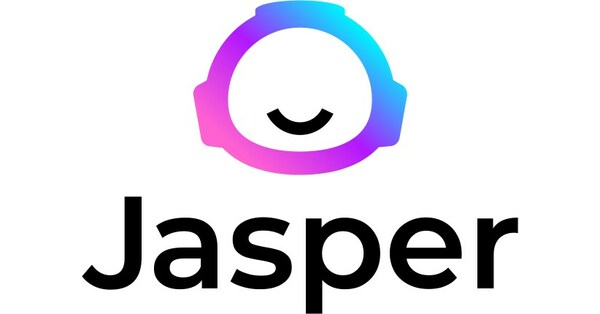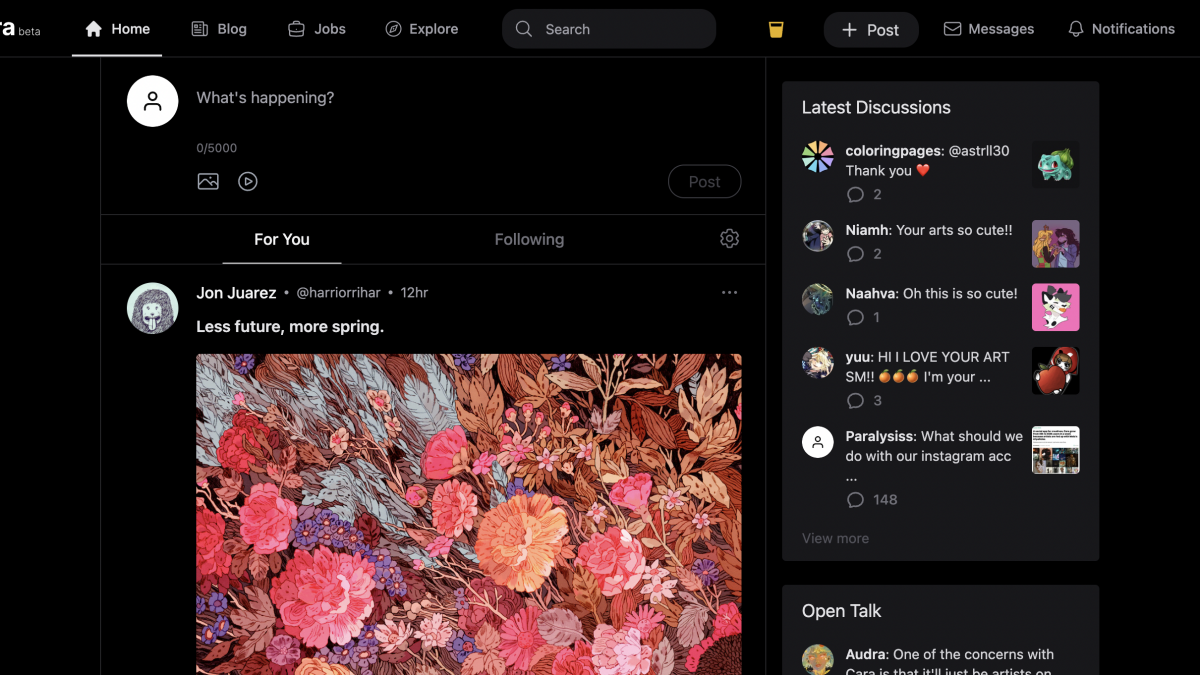CXOToday has engaged in an exclusive interview with Hardik Gandhi, CEO, Zvolv
- Hyperautomation is often described as the future of work. Can you explain how hyperautomation differs from traditional automation and why it is becoming increasingly important for businesses?
Businesses in the past have been good at solving problems with piecemeal automation solutions. Problems have been usually narrowly defined by singular business functions and point solutions in the form of niche SaaS tools or single purpose platforms like Robotic Process Automation (RPA) or Business Process Management (BPM) or analytics have been used to solve these problems. As businesses grow and the processes become more dynamic to keep up with customer demands, these point solutions start coming up short quickly. Value realization from single purpose automations has been limited – and most businesses would have already plucked the low-lying fruit. True business value in today’s world can only be derived by looking at processes holistically – across teams and business boundaries, and figuring out how to stay relevant in this dynamic world by tackling problems end to end. This requires using a combination of technologies, coupled with process refinement where possible, and driving adoption across teams by keeping your solutions updated at all times. If your only tool is a hammer or a screw driver, every problem looks like either like a nail or a screw. Hyperautomation platforms are like swiss army knives – pick the right combination of technologies to solve problems that keep evolving in nature.
- The integration of Generative AI is highlighted as a key feature of Zvolv. How does Zvolv leverage Generative AI to fundamentally transform workflows and unlock new possibilities for automation?
AI orchestration to seamlessly bring in generative AI benefits to business workflows is becoming more and more relevant as LLM capabilities continue to improve. There are three main areas of improvement – leveraging data intelligence in real time operational decision making, improving user experience with human like conversational interfaces, and eliminating a lot of human activities around data intake and content generation with LLM capabilities. By plugging in Zvolv’s hyperautomation microservices with Gen-AI orchestration, Zvolv can enable better and faster data analysis, make decisions and execute workflows with minimal human intervention, trigger automated actions and more. Some of the more popular use cases today revolve around enabling knowledge base access via chatbots, intake automation to extract data from documents and emails, reporting and predictive analytics.
- One of the key components of hyperautomation is the integration of multiple technologies. Could you provide some examples of the types of technologies that are typically integrated in hyperautomation solutions?
Consider a complex process that most businesses are in need to optimizing – supply chain management and more particularly procurement. There is no one solution that meets all business needs, so lots of customization is necessary. Typically, an end-to- end solution will need web portals for supplier onboarding or employee capex and opex requests, workflow automation and business rule enforcement for vendor selection and expense approvals, robotic process automation for document extraction linked to invoices and purchase orders, integrations with core finance systems like SAP or Oracle to trigger POs and payments, analytics solutions to track vendor performance, spend patterns and more. Add to that contract creation and management, managing RFP/RFQ processes, tracking budget lines and annual contracts, and supplier relationship management. You could easily end up with half a dozen different solutions or different platforms to automate a process like this in bits and pieces. Most businesses would still have lots of gaps where excels and emails thrive. Easily 30-40% efficiency losses can be attributed to the lack of an end to end and customized solution.
Zvolv’s hyperautomation platform brings BPM, RPA, analytics, integration, digital app building and AI orchestration capabilities under a single platform, offered as a service. Zvolv can address complex processes like these, and many others like new store opening for retailers or new product development for brands, or employee lifecycle management and more.
- In your opinion, what are the most significant benefits that hyperautomation can offer to businesses, and how do these benefits contribute to overall business success?
Hyperautomation for growing businesses is not a one-time activity, but an ongoing process of improvement and refinement of business solutions to drive continuous outcomes. Zvolv offers businesses Hyperautomation as a Service – helping drive continuous outcomes but not just implementing solutions, but also assisting in process mining and optimization, driving adoption and value realization, and handling all the heavy lifting around platform hosting, management, scalability and security. Business process owners can continue refining and optimizing solutions to match operational needs month on month, without having to worry about which technology solution to adopt and which vendor to work with for every individual process need. Zvolv’s hyperautomation as a service offering enables businesses to create a center of excellence for automation, without having to invest in building large developer teams or massive capex investments. With a pay as you go and build as you go model, Zvolv’s HaaS offering makes it easy for any business to start on this journey.
- The concept of “citizen developers” has gained traction in the context of hyperautomation. What role do citizen developers play in the implementation and evolution of hyperautomation solutions?
Lowcode and nocode are fundamental build methodologies underpinning the Zvolv platform. With the introduction of Zeno, Zvolv’s AI assisted builder co-pilot, the task of building solutions on Zvolv is getting faster and simpler week on week. Business users with a few hours of training can build over 80% of the solutions themselves with no coding skills required. Areas requiring flexibility like specific business rules automations or custom integrations can be handled by low-code developers with basic Python expertise. This combination can build bespoke business solutions in under 100hrs typically. Zeno will help further reduce the time with AI assisted journeys.
Zvolv supports businesses with three development models. Zvolv’s academy program can train and help setup internal Center of Excellences in businesses to control continuous development all in house. Large GCCs like Samsung have built over 80+ apps in less than a year with a fully owned CoE setup. Another model Zvolv supports businesses with is the Hyperautomation as a Service offering, where Zvolv works collaboratively with business process owners to drive outcomes week on week. Customers like Lenskart, JSW have built evolving solutions collaboratively with Zvolv’s HaaS model. And lastly, customers with specific automation needs to replace chaotic or obsolete solutions can get fully Zvolv (or a partner) owned solution delivered. Customers like Adani group or Dominos have opted to build many impactful solutions on Zvolv.
- Hyperautomation has the potential to impact a wide range of industries. Can you discuss some specific industries or sectors where hyperautomation is particularly well-suited or has seen significant adoption?
Hyperautomation coupled with GenAI orchestration can bring better efficiency, improved compliances and accelerated growth for businesses across the spectrum. Zvolv has worked with diverse businesses like retail giants in India like Tata group and Aditya Birla group driving automation for new store opening, vendor management, franchisee management and more. Zvolv has delivered procurement automation solutions globally for clients like ENS in UAE or Topdrill in Australia. Manufacturing companies doing finance automation, healthcare customers in the US driving better patient engagement and optimizing clinical processes, or field services and logistics companies automating jobs, trips and asset management, have all benefited from Zvolv’s hyperautomation solutions. These businesses range from fast growing startups to global fortune 500 companies.
- Data plays a crucial role in hyperautomation, driving insights and informing decision-making. How can businesses ensure that the data they use in hyperautomation processes is accurate, reliable, and secure? How does Zvolv ensure the security and privacy of sensitive data?
Trust, predictable accuracy and consistent, reliable performance are key considerations for large enterprises, ever more now as GenAI becomes an integral part of the solution. Zvolv’s AI orchestration middleware – aptly named Z-wall, ensures enterprise data stays within the enterprise. The Z-wall RAG solution keeps businesses in control of what knowledge base and operational data is accessible to the AI solutions. Role based and access-based controls ensure no inadvertent data exposure via business user developed solutions. Z-wall’s human in the loop feedback and training options ensure consistently improving, yet predictably accurate solutions. Z-wall’s LLM configurator enables picking the most optimal privately hosted LLM or public API’s like OpenAI, and add your specific controls on ethics, tone, PII data masking and most importantly, usage controls to keep costs manageable.
- As hyperautomation continues to evolve, what do you see as the most promising areas for future innovation and advancement in the field?
We see two major trends evolving across industries. The last decade has been about software as a service (SaaS) and doing it yourself (DIY). With AI taking a more prominent role in recent months, we are now seeing customers demanding Outcomes as a Service, not just software solutions. And business users expect solutions that get things done via AI, rather than DIY. Businesses are now feeling the pain of having to deal with dozens of different SaaS solutions on-boarded by individual business units, with different vendors to deal with, different licensing terms, disparate support SLA and often times escalating costs as usage grows. Investing in a consolidated platform approach – with an in-house COE or a Zvolv driven HaaS model, businesses can have consistently optimized processes with minimal management overhead. With ever shrinking IT and developer teams across businesses, getting business users defining and building applications without having to deal with technology and vendor selection conundrums for each individual solution is the only scalable model.




